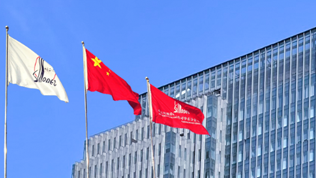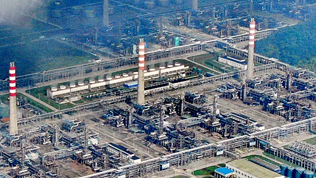Sinopec continued continuous efforts for the "Green Enterprise Action Plan" as the implementation of clean management throughout the process and the emission and pollution reduction projects. Sinopec strove to develop a circular economy and create new advantages in green competition.
"Green Enterprise Action Plan"
In 2020, the "Green Enterprise Action Plan" of Sinopec gradually demonstrated its effects, including the five indicators of clean energy, green products, resource and energy utilization, pollutant emission, and greenhouse gas emission, all in full compliance with the plan. A total of 39 enterprises were awarded the title of "Sinopec Green Enterprises" in 2020, of which 37 were qualified by re-check. So far, 76 Sinopec enterprises have completed the establishment of green enterprises, and over 8,800 grassroots units have completed the establishment of green grassroots.
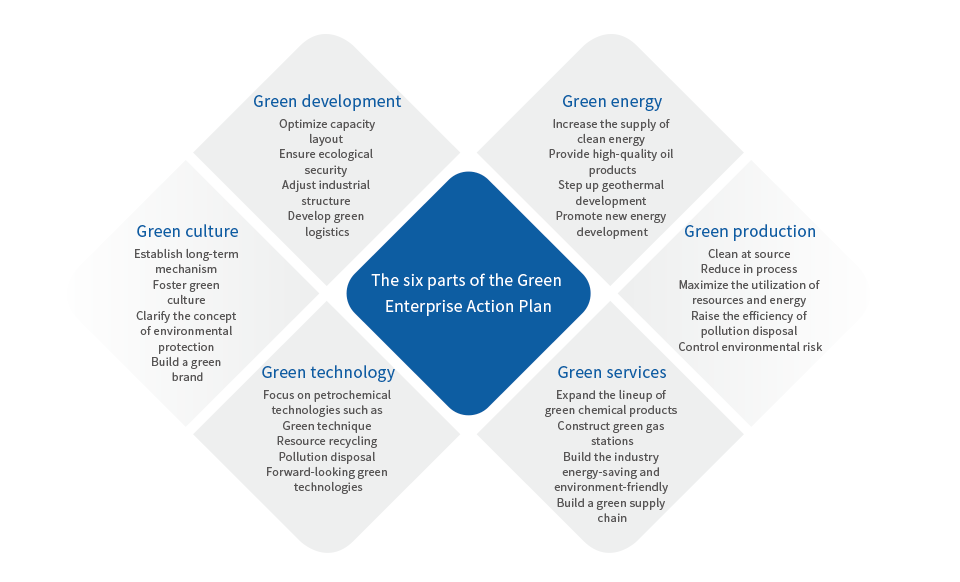
Cleaner production
Sinopec implemented the "cleaner production" in an all-round way. We acted to replace toxic and harmful raw materials, escalated efforts to promote and apply green technologies and eco-friendly technique, decreased the emission of the three wastes (waste gas, waste water, industrial residue), as well as the pollutants from consumption and use. Sinopec, indeed, effectively cut the impact of its production and operation activities on the environment in the whole process from raw material procurement to consumption.
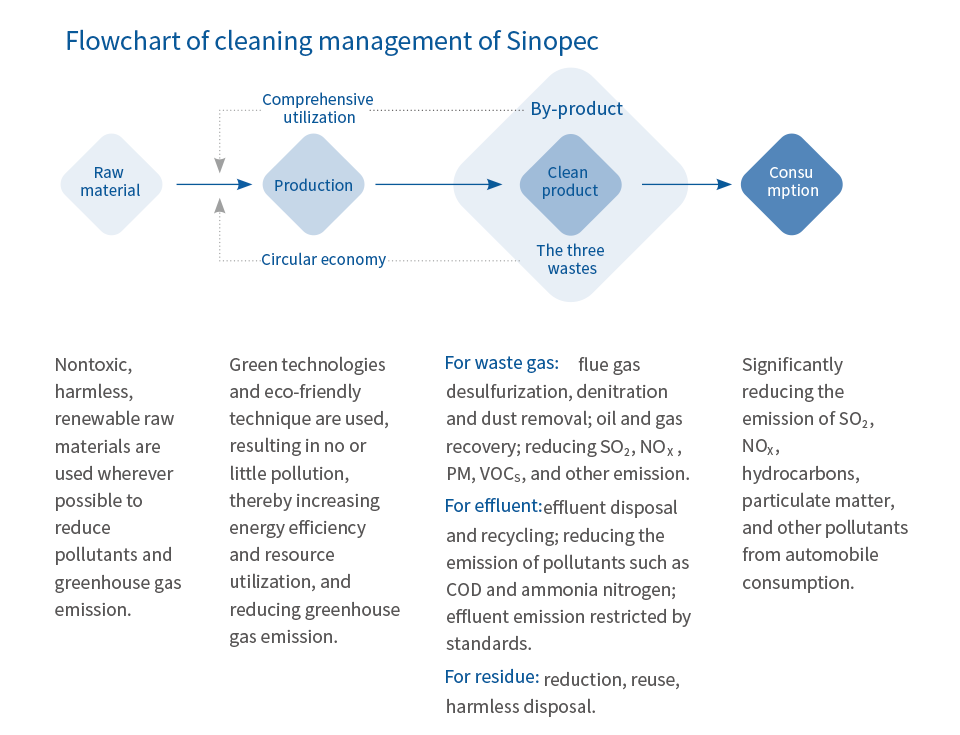
Reducing emission and pollution
Sinopec augmented the lifecycle control of "the three wastes," that is, upgraded environmental protection facilities, adopted diversified measures to prevent groundwater pollution, executed production noise control, odor control, and pollution sources control. Sinopec took practical actions to protect our green homeland.
Air pollutants emission control
Sinopec continued comprehensive disposal of waste gas to fully implement the requirements for the national battle against pollution, the battle to protect the blue sky, the battle against ozone pollution, and the comprehensive disposal of air pollution in autumn and winter. Besides, Sinopec conducted technological R&D to improve the waste gas disposal. To perform a high standard of ozone pollution prevention and control special action, we introduced the Sinopec Ozone Pollution Prevention and Control Special Action Plan to guide enterprises to implement comprehensive VOCs and NOx special rectifications. We proposed VOCs and NOx emission concentration standards stricter than the national and local regulations and made great efforts to promote the implementation of waste gas emission reduction projects. Owing to the whole year, Sinopec attained a comprehensive compliance rate of waste gas over 99.9%, and a year-on-year decrease of over 4% in total sulfur dioxide and nitrogen oxide.
Water resources management
Sinopec continued to upgrade its water use structure, promoted the replacement of fresh water with unconventional water resources, and enhanced the water-saving assessment index system. Consequently, the total amount of fresh water consumed was continuously decreased, saving 10 million cubic meters of water annually. Sinopec Zhenhai Refining & Chemical Company was rated the frontrunner enterprise in efficient water use of the oil-refining industry in the "Leading Action of Water Efficiency Frontrunners of Key Water Consumption Enterprises 2020" organized by the Ministry of Industry and Information Technology, the Ministry of Water Resources, the National Development and Reform Commission, and the State Administration for Market Regulation. Both Sinopec Zhenhai Refining & Chemical Company and Sinopec Yanshan Petrochemical Company were rated the frontrunner enterprises in efficient water use of ethylene industry.

Sinopec performed its effluent disposal in compliance with stricter standards than the national regulations to fully implement the requirements for the national battle against pollution, the battles to protect green water, the Yangtze River, and the ecological environment of the Yellow River. Besides, Sinopec continued to enhance its effluent disposal capacity. Sinopec launched cleaner production, made great efforts to implement emission reduction at source, and emphasized the use of unconventional water resources and the effluent reuse. Owing to the whole year, the effluent emission by Sinopec was 100% in line with the standards, the total emission of COD, and ammonia nitrogen decreased by over 2%, and the total emission of effluent decreased by 0.6%.

The ethylene effluent disposal plant owned by Sinopec Maoming Petrochemical Company
Solid waste management
For solid waste, Sinopec continued to invest in reduction, reuse, and harmless disposal. While actively expanding the method of comprehensive utilization of solid waste, the old solid waste landfill site was regulated per the requirements. Sinopec organized and performed a special safety rectification activity for hazardous waste and a waste disposal activity for construction and household wastes. In addition, Sinopec introduced a series of guidance documents such as Sinopec Environmental Protection Management Guide (Trial) for Hazardous Waste to supervise units' compliance management of solid and hazardous wastes. Sinopec has made great efforts to promote the construction of regional hazardous waste disposal centers as two centers have been put into operation and one has been put into trial operation. In 2020, Sinopec's compliance disposal rate of solid waste was 100%, and the comprehensive utilization rate of solid waste increased by 11.1%.

Oil spill disposal
Sinopec managed the integrity of pipelines, organized enterprises to apply interpolation recovery technique and replace old pipelines, liaised with local authorities to crack down on drilling and oil theft, and strengthened pipeline inspection and patrol. Sinopec strengthened environmental risk control to ensure that materials and effluent do not leak to the outside environment in case of leakage accidents. In 2020, no environmental incidents of oil leakage occurred in the group.
Prevention of groundwater pollution
Sinopec conducted and completed a comprehensive soil and groundwater investigation for lands used by the enterprises, in which it organized an exchange of related remediation technologies and engineering examples to promote the study of "Research and Integrated Demonstration of Pollution Disposal Technologies for Petrochemical Sites in the Yangtze River Economic Belt." Sinopec continued to upgrade the soil and groundwater pollution control system, established a regular monitoring system, and conducted soil and groundwater pollution disposal and remediation per the requirements for relevant lands.

Sinopec Luoyang Petrochemical Company has attained complete zero pollutant emission, contributing to the ecology of the nearby Yellow River wetlands.
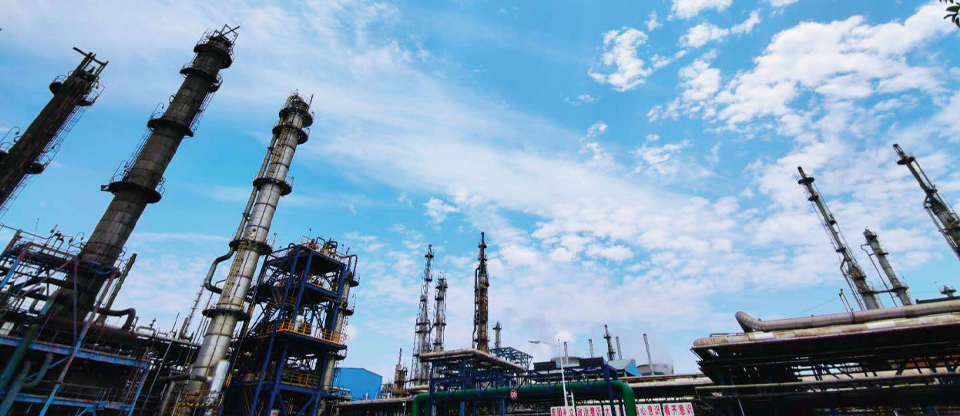
The 50 KTA eco-friendly equipment for high-concentration methanol effluent disposal, the 35 KTA waste sulfuric acid recycling equipment, and the equipment for drying and comprehensive utilization of carbon black constructed by Sinopec Chongqing SVW Chemical Co., Ltd. With them, the recycling of hazardous waste is available. The annual recovery of methanol is 26,000 tons, sulfuric acid is 30,000 tons, and the annual production of carbon black filter cake is decreased from 40,000 tons to 10,000 tons, which can be reused as fuel; thus, the comprehensive utilization rate of hazardous waste reached 98.9%.
Circular economy
Sinopec is actively developing circular economy as its continuous reuse of solid wastes such as drilling cuttings, boiler slag, flue gas desulfurized gypsum (FGD gypsum), waste acid and spent caustic, and sewage oil, as well as the recycling of waste gas. Besides, Sinopec is actively executing oil and gas recovery work while improving the efficiency of resource recovery.

Sinopec Jiangsu Oil Products Company increased the capacity of oil and gas recovery equipment in oil depots and terminals, and tightened the containment management in the entire process of oil handling, storage, and transportation; therefore, the oil and gas recovery rate increased by 1.09%. Of note, 8,500 tons of gasoline recovered each year represents an ecological and economic win-win.


 Address
Address Post code
Post code Tel
Tel 川公網安備11000132213211
川公網安備11000132213211 
